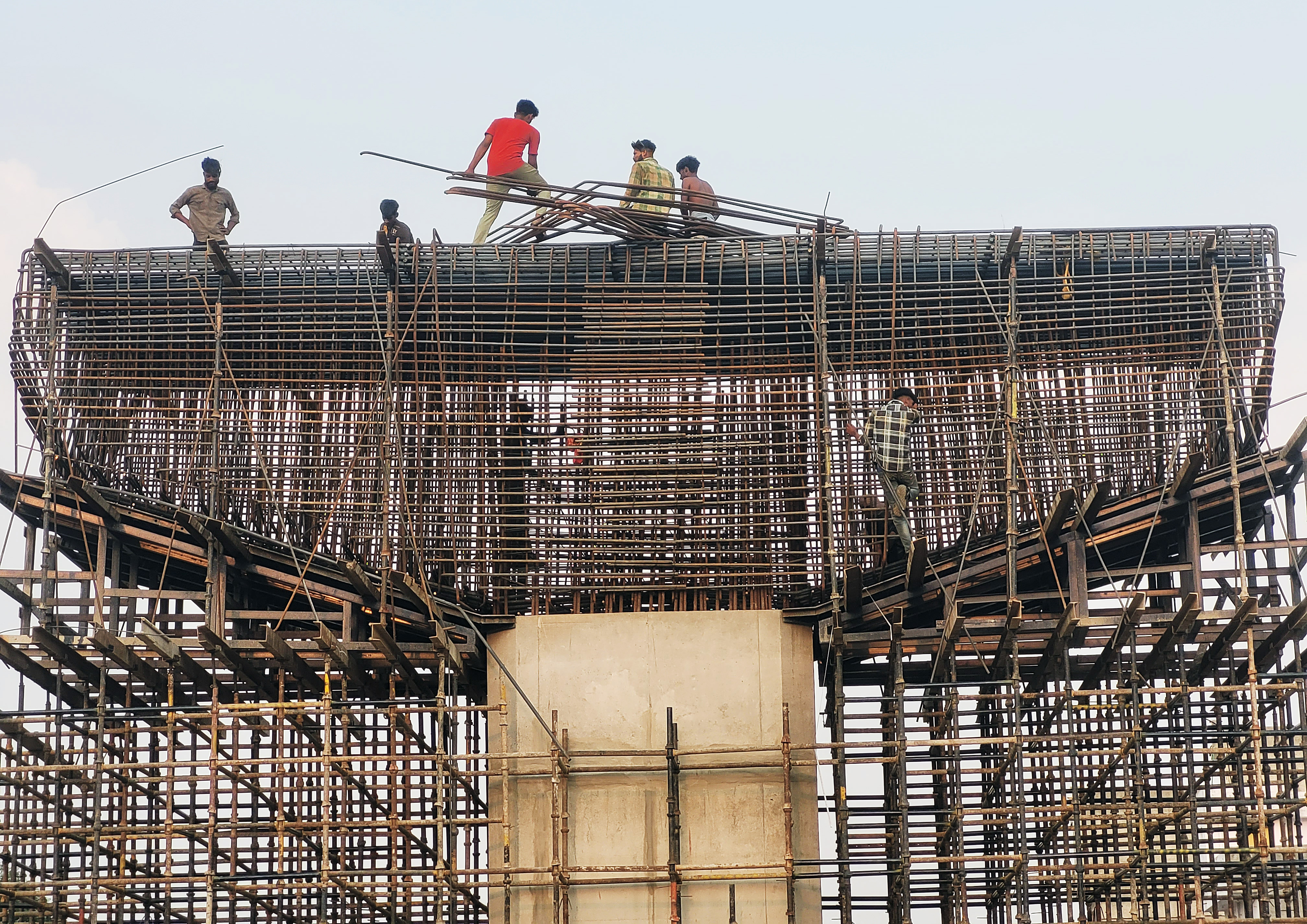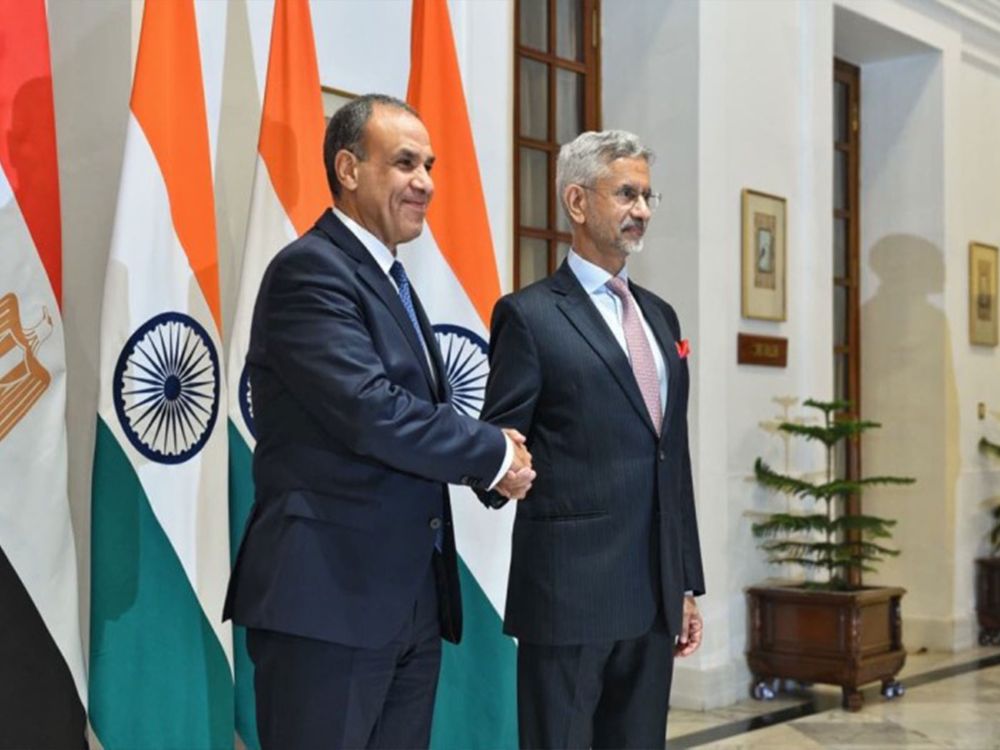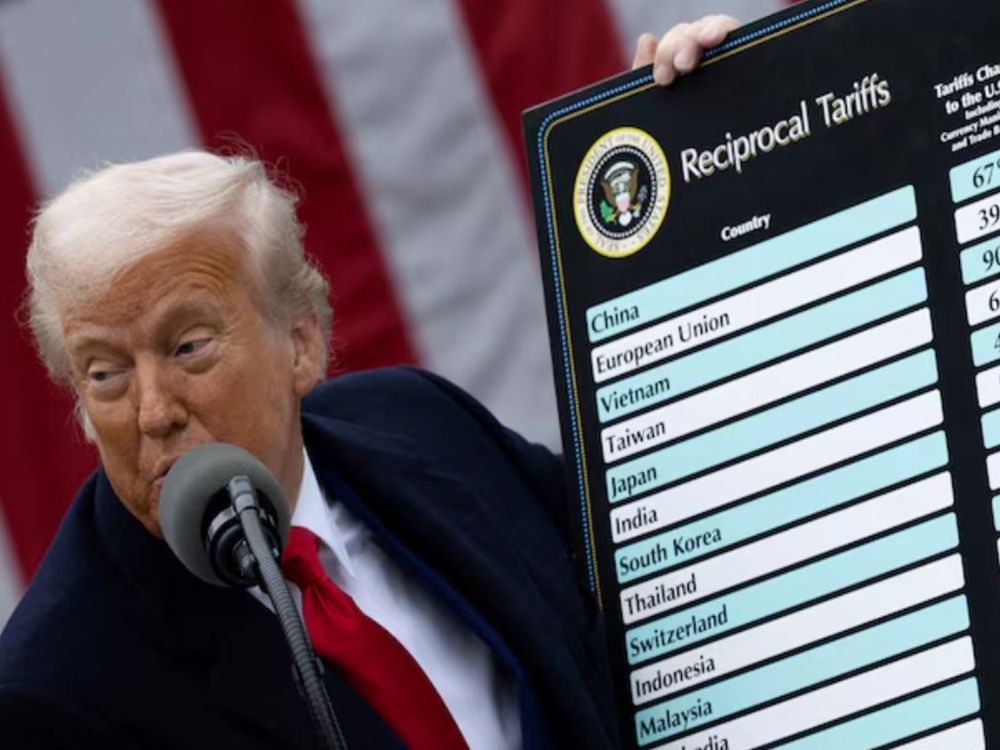Looking ahead, the Morgan Stanley report projects a steady increase in India’s infrastructure investment
Our Bureau
New Delhi
India’s infrastructure has improved significantly in recent years, highlights a report by Morgan Stanley. The report pointed out that historically, India’s infrastructure competitiveness has been hindered by poor infrastructure. However, recent enhancements and government initiatives, such as ‘Gati Shakti’, show great promise for further progress.
“India’s infrastructure has materially improved in recent years – and there is significant scope for further improvements through recent government initiatives like PM Gati Shakti (PMGS),” the report stated.
In the last decade, the report said that India has significantly increased its infrastructure spending, with a strong focus on scaling up and modernizing its physical assets.
The report also highlighted that when comparing infrastructure scale relative to GDP, India compares favorably to China, which is often seen as the benchmark for large-scale infrastructure development.
The several ministries of the Government of India have initiated long-term, sector-specific infrastructure plans to further improve various segments of the economy.
These include ‘Bharatmala’ for road development, ‘Sagarmala’ for port connectivity, Power for All, and the waterways development program.
According to the report, “This is at the margin helping goods move faster and at more affordable cost than in the past,” illustrating the tangible benefits of these initiatives.
Looking ahead, the report projects a steady increase in India’s infrastructure investment. It is expected to rise from 5.3 per cent of GDP in the fiscal year 2024 (F24) to 6.5 per cent by fiscal year 2029 (F29). This increase indicates a robust compound annual growth rate (CAGR) of 15.3 per cent, resulting in cumulative spending of USD 1.45 trillion over the next five years.
As of the current fiscal year, India’s GDP is 19 per cent of China’s. China has long been recognized for its heavy investments in infrastructure, providing unparalleled scale, size, and efficiency. However, the report indicates that India’s physical infrastructure is not significantly lagging behind China’s when considering the size of their respective economies.
While there may be visible differences in efficiency and quality, the report mentioned that India’s ongoing and planned investments signify progress and potential for further development.
While India continues to develop its infrastructure, it is poised to achieve significant advancements, positioning itself favourably in the global context.
India’s current account registers a surplus of $5.7 billion
India’s current account balance registered a surplus of USD 5.7 billion, equivalent to 0.6 per cent of GDP, in the fourth quarter of the financial year 2023-24, the Reserve Bank of India said on Monday.
The data shows a significant turnaround from the previous quarter, where the country recorded a deficit of USD 8.7 billion, or 1.0 per cent of GDP. Furthermore, it shows an improvement compared to the same period a year earlier, Q4 of FY 2022-23, when the current account surplus was USD 1.3 billion, amounting to 0.2 per cent of GDP.
A key factor contributing to this surplus was the reduction in the merchandise trade deficit, which stood at USD 50.9 billion in Q4 of FY 2023-24, down from USD 52.6 billion in the corresponding quarter of the previous year, the data released by the RBI said.
According to the RBI, this reduction was supported by a notable increase in services exports, which grew by 4.1 per cent year-on-year in the fourth quarter. This growth was driven primarily by rising exports in software, travel, and business services sectors.
As a result, net services receipts rose to USD 42.7 billion, up from USD 39.1 billion a year earlier, significantly contributing to the current account surplus.
In the financial account, net foreign direct investment (FDI) flows were recorded at USD 2.0 billion in the fourth quarter of 2023-24, which was a decline compared to USD 6.4 billion in the same period the previous year. However, foreign portfolio investment showed a significant recovery, with a net inflow of USD 11.4 billion in Q4 FY 2023-24, compared to a net outflow of USD 1.7 billion in Q4 FY 2022-23.
Additionally, net inflows under external commercial borrowings to India increased to USD 2.6 billion in the fourth quarter of 2023-24, up from USD 1.7 billion a year earlier. Non-resident deposits also showed a marked improvement, with a higher net inflow of USD 5.4 billion compared to USD 3.6 billion in Q4 FY 2022-23.


























